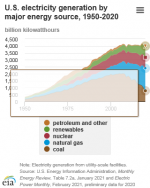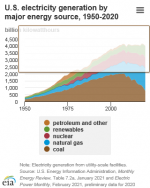marmathsen
Senior Member
- Location
- Seattle, Washington ...ish
- Occupation
- Electrical Contractor
In a residence, when submitting a bid, or doing calculations, or submitting a service application, what size do you assume for a FUTURE electric car charger? or multiple cars?
Tesla's wall charger used to be able to supply 80A max at 240V, but now it is only rated for 48A. I thought Porsche was going to offer a high capacity home charger but theirs looks like it's only 40A max.
Are there any HOME chargers that exceed 48A? Do you assume load sharing if there might be multiple cars?
Rob
Tesla's wall charger used to be able to supply 80A max at 240V, but now it is only rated for 48A. I thought Porsche was going to offer a high capacity home charger but theirs looks like it's only 40A max.
Are there any HOME chargers that exceed 48A? Do you assume load sharing if there might be multiple cars?
Rob




